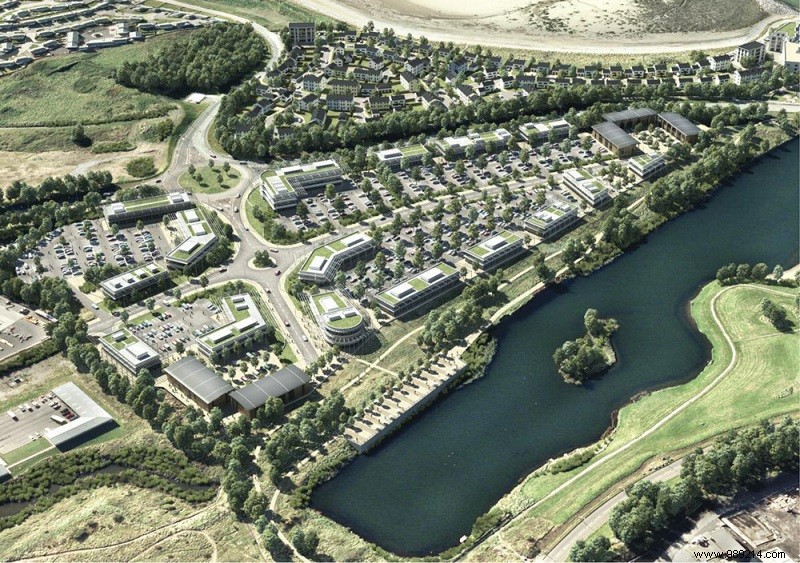There are also always new trends to spot in the field of wellness. This is evident from the recent Global Wellness Summit where 500+ wellness experts from 46 countries across the travel, spa, beauty, fitness, nutrition, technology, medical and architecture worlds gathered to determine the top wellness trends in 2017 ( and beyond) will be. Here we list 8 in a row.
Sauna reinvented
Something that can be both hot and cold:the sauna reinvention is underway. From “Sauna Aufguss” events where “Sauna-meisters” give theater performances with song and dance. To hip, social 'amphitheatre' or 'hangout' saunas with a DJ and bar. To quirky pop-up saunas floating on lakes or hanging from bridges. To trendy urban “sweat lodges” with infrared sauna treatments, such as in New York. No longer a lonely experience, the new spectacular social saunas are some that think “outside the box”… literally.
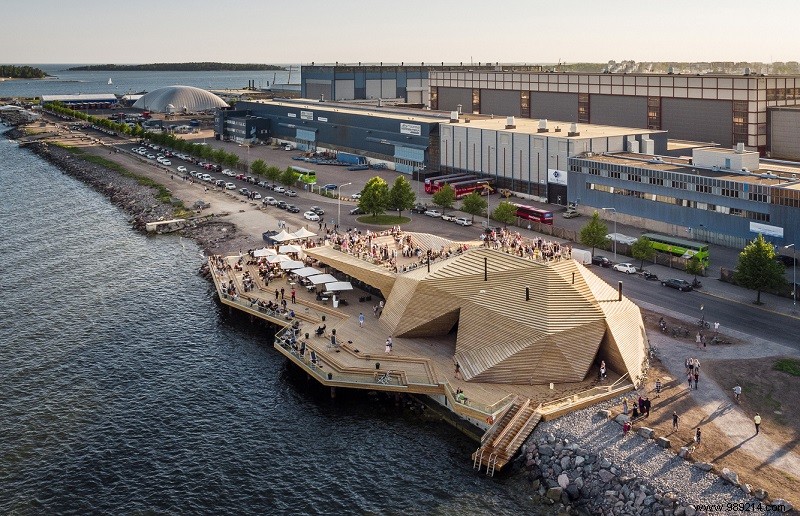
Wellness Architecture
Architecture has long been concerned with superficial aesthetics:“starchitects” designed for the wow or shock factor, but with little thought given to creating buildings that improve people's health in life. Change is finally here:“living buildings” that grow their own energy; architecture with indoor health experiences for all; phone apps that warn you when you enter a “sick” building; lighting that simulates the dawn to smooth out your day. Everything that is built is redesigned over and over:from air quality (a killer) to sleep and acoustics.
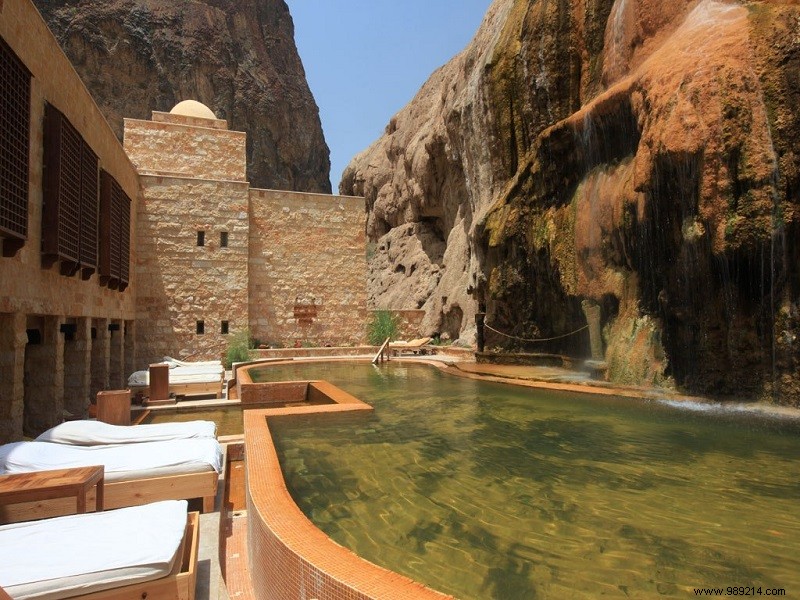
Silence
In a world of 24/7 connectivity, wellness destinations are a place to “turn off” sound:true silence. For example, the first fully “Silent Spa” (with beautiful church-inspired architecture) just opened at the Therme Laa Hotel in Austria. And new “wellness monasteries” are on the rise:retreats infused with quiet, contemplative values, ancient sacred sites – like Eremito in Italy, with no WiFi/phone signal and silent, candlelit dinners. Buildings like Brenner's Park in Germany have even installed “digital switches” for totally quiet rooms. And “quiet” restaurants, salons, gyms, shops, and airports are all revealed…
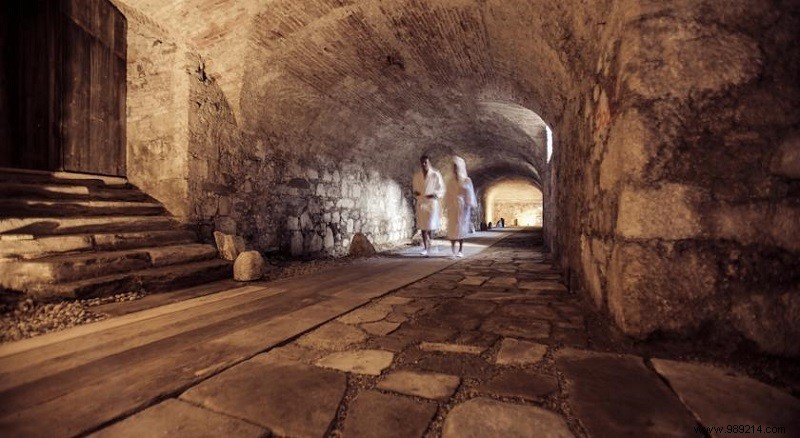
Art &Creativity in the foreground Born from a storied history, but now forgotten, the creativity-wellness-spa connection is making a comeback:with more art, music, literature and dance in the midst of more wellness experiences. Watch more performances, such as the famous spa town of Schloss Elmau in Germany, where musicians and writers give more than 200 concerts a year, or listen to the classical violin live as you paddle in the water at the new Gainsborough Bath Spa Hotel in the UK Kingdom. We will see more advanced programming such as painting classes under the stars, as well as a plethora of multi-sensory experiences, from sound baths to “yoga concerts.” The creative arts have a starring role in the future of wellness.

Wellness is a new version of beautyy
Beauty recreates the needs of a wellness-oriented population obsessed with authenticity and “inner beauty”. From edible/drinkable beauty boosters and pure, organic cosmetics, to medical evidence for new neuroaesthetics (the brain is wired to respond to beauty) – the “beauty comes from within” concept will continue to win over the superficial. And preventive approach will continue to beat the old cosmetic. We will continue to learn that beauty is much more than superficial.

The future is Mental Wellness
When it comes to mental well-being, our world has a problem:depression and anxiety are skyrocketing, and by 2030, it will be the #1 health problem surpassing obesity. So look for a significantly more “healthy mind” in the coming years. Wellness retreats and spas add neuroscientists and psychotherapists (such as London's ESPA Life at Corinthia Hotel). Meditation is not only mainstream (including on-demand in hotel rooms), but new creative forms are emerging (from “dream” to “floating” meditation). We'll be seeing everything from new part-mind/part-body workout brands to apps that track your mental state (think MindBit, not FitBit). Because “mind” will finally equal “body.”

Embracing the K-Word
The wellness world is waking up to the needs of a surprisingly disadvantaged group:cancer patients. For example, Julie Bach's groundbreaking "Wellness for Cancer" program, which means that wellness companies/spas are finally trained to deliver comfort (and dignity) to cancer patients. From programs like ESPA's "Nurture and Support" to Natura Bissé's "Oncological Aesthetics" to Two Bunch Palms' "Mindful Touch Massage", wellness practitioners are finally opening their hearts and healing practices to cancer patients.
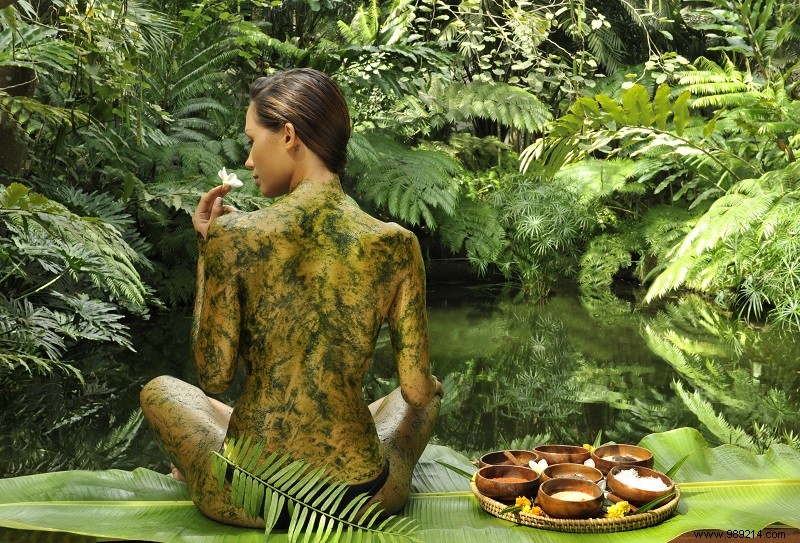
Beyond the ghettos of Wellness
In a world of rising income and “well-being” inequalities, the wellness industry has become one closely tied to wealthy elites. This will change. More wellness companies will give back to the other 99%, such as “Yoga Gives Back” which helps poor women in India, or Newfoundland's Fogo Island Inn, where every dollar of profit goes back to its economically challenged community on the island. A “Wellness Tourism 2.0” will be the new trend:a development model that thinks further by creating entire cities, regions and even countries where a comprehensive wellness vision (from protected natural areas to a sustainable, healthy food supply) with benefits for both the locals and tourists. The new wave of low-cost “wellness” is part of this democratization:just like more affordable healthy supermarkets and spa chains. But with some future mindfulness with “rock-bottom” versus “fair” pricing, given the human labor that delivers so many of these healthy experiences.
